Ever wondered how Steam caught fire in the PC World? Ever heard of the infamous “Steam Backlog”? Where gamers have over 100 or so games in their library, most of which they know they’ll never start, never mind complete? Ever wondered how gamers, despite their insistence on only buying one game or so on Steam, then end up on buying 20 or so? According to an article on The Psychology of Video Games, that is because Valve has been able to psychologically manipulate gamers into buying more than they normally would. This should come to no surprise as at one point Valve hired a psychologist to analyze player behavior while playing. According to the article, there are 5 key ways that Valve gets gamers “hooked”.
Artificial Scarcity
People value things that are scarce. Some examples include diamonds, national parks, or old antiques. Sales are no different. By having all sales go on a specific countdown, whether it be Flash Sales or Daily Sales, Valve is able to manipulate the gamers into buying more games than they normally would because nobody knows when that game will go back on sale, so they’d much rather hedge their bets and buy the game now at a cheaper price than possibly wait a very long time for it to go on sale again.
Psychological Reactance
This is somewhat related to Artificial Scarcity. We, as consumers, have psychologically convinced ourselves that scarce goods are more valuable, we have also convinced ourselves that scarce goods are better than alternates that are more readily available. For example, look no further than Zombieland. Tallahassee is convinced that there is one last Twinkie for him, and he will enjoy it. Even though there are other alternates, like Snowballs, he refuses to have anything but a Twinkie. And when he does, he enjoys and craves it, even though it probably tastes no different than any other Twinkie he ever had. Same concept applies to Steam Sales. We gamers will buy more games on sale because we believe we will get more total enjoyment out of those games than perhaps buying a single game for the same cost or buying something else. This all has to do with “perceived lost choice”.

A Bias Towards Completion
We humans are not fond of leaving things unfinished. Either we complete the job or scrap it. That’s why games like Skyrim and Final Fantasy get so many hours played, because we gamers psychologically want to complete every last quest and find every last collectible. It also explains the success of Achievements and Trophies because it plays into our “conpletionist” mentality. Valve, with the introduction of Steam Sale achievements and now Summer Getaway Trading Cards, has tapped into the inner “completionist” to persuade gamers to buy more than they normally would for a perceived reward at the end, bragging rights. It also explains why Valve has a giant progress bar towards each trading card, to psychologically sway the gamer into buying more so they can “complete” the bar, which in turn empties into a new bar, which leads to gamers spending more to complete that bar, and so the cycle continues.

Commitment and Consistency
People like to be consistent. That means if they commit to something, they are more than likely to continue on until it’s finished because they don’t want to send the wrong message. Steam plays into this with Community Choice polls. By having the gamers participate, Valve has you committed to something, that game you voted on. And if that game did indeed win and go on sale, you would most likely buy it because you feel you “owe” it for voting and you want to support your actions consistently. Valve also has gamers “hooked” by constantly reminding them when games on their wish list are on sale, and even including a “Friend Activity” page so you can see what your friends added to their wishlist.
Random Rewards
Think of this like the Care Package Killstreak in Call of Duty, the slot machines in casinos or any of those “Scratch and Win” cards. People like being rewarded, but they also like the element of surprise. If you are being rewarded at a set interval, you will most likely start to lose interest because you have developed a set rhythm. If, however, it appears to be random, you will most likely keep trying because you know there is an award to be had, you just don’t know when. Same thing goes for Steam Sales. By having Community Choice polls, the outcome is random because we have no idea what games will even be selected for Community Choice and we have no idea what the community will pick. Or with Flash and Daily Sales. Most gamers do not know what games will go on sale, nor how much they will go on sale. By having the selection of games appear random, we gamers will naturally develop a curiosity and start visiting the store at certain intervals to check back (which leads to a higher likelihood of buying something), and buy more games because we don’t know when they’ll be on sale again.
Please note, in no way, shape or form am I intending to bash Valve or Steam. I am only analyzing how sales, Steam’s in particular, have been able to almost become a cultural icon for gamers.


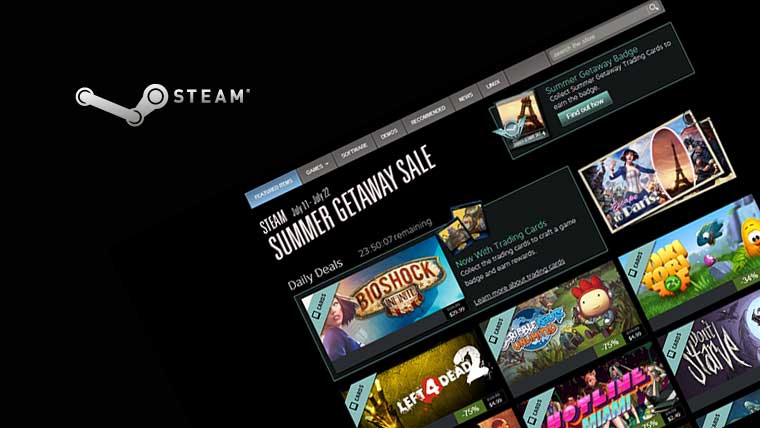
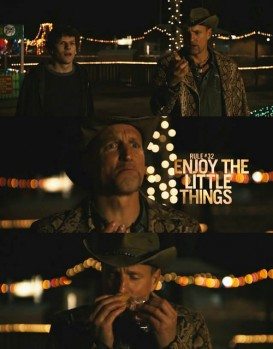
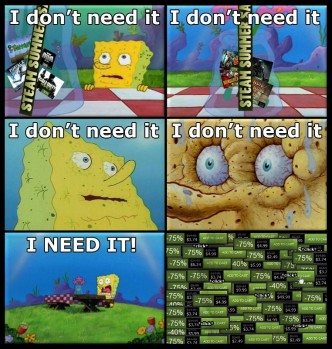
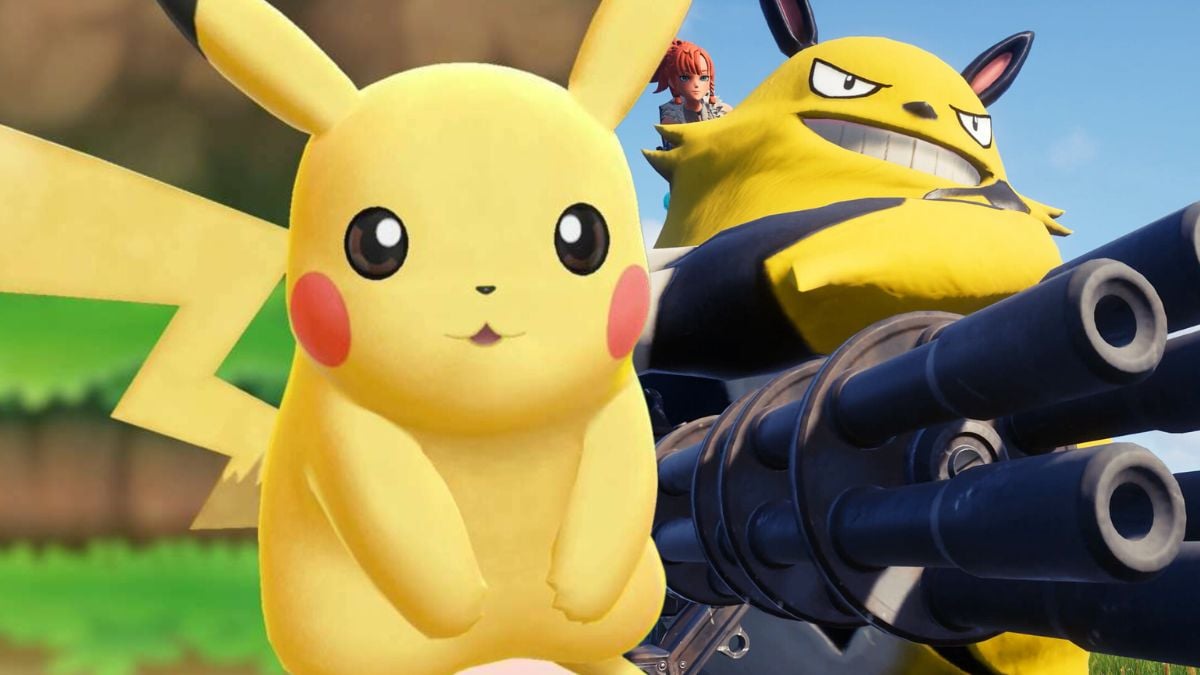
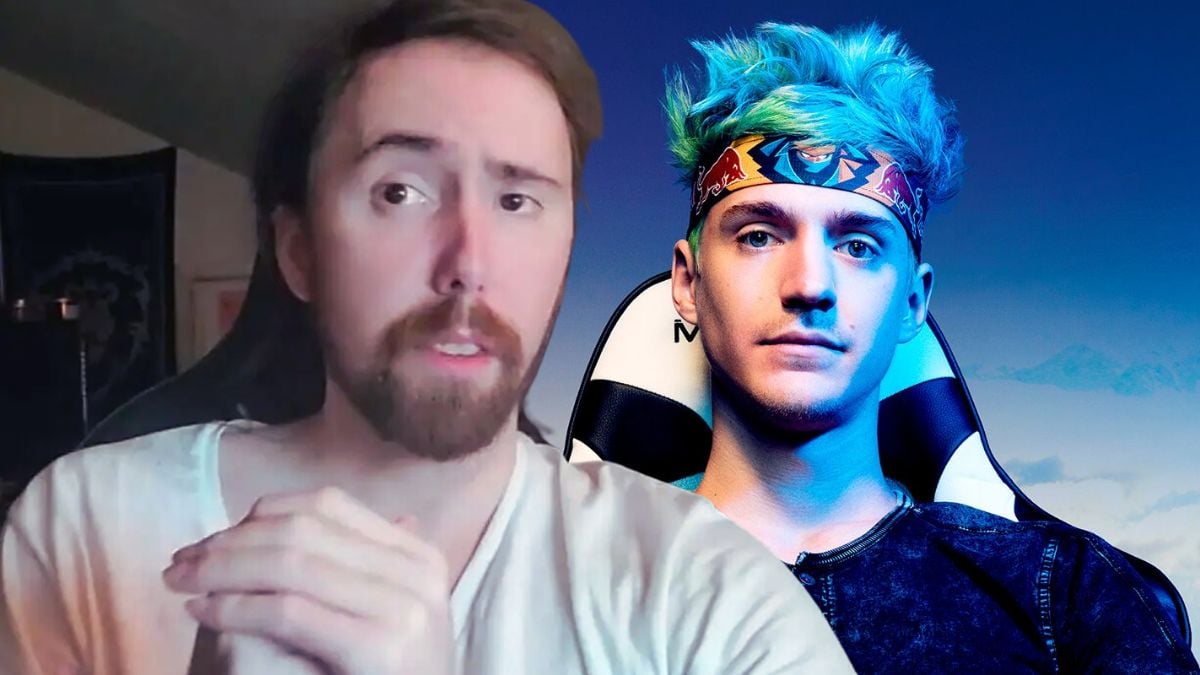


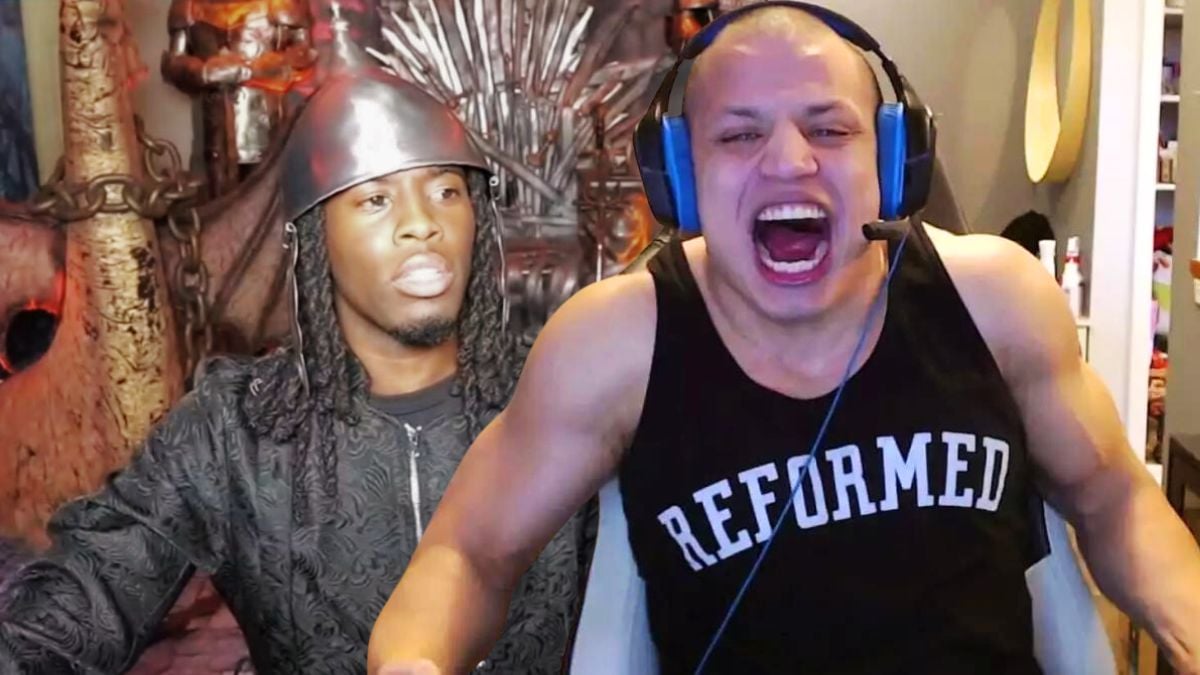
Published: Jul 15, 2013 09:33 pm